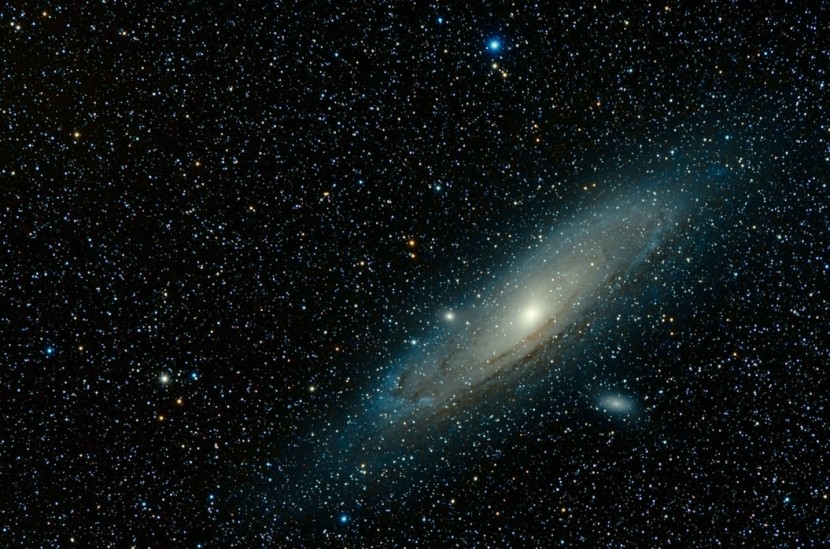
Scientists conducted a study that revealed surprising resulta of how life formed in the cosmos.
One of the findings of scientists is about the formation of exoplanets. Those planets with rocky composition will evolve a magnetic field and tectonic plates. But some planets who are formed later did not have these characteristics.
These are the exact right conditions needed in order for life to develop. The right environment and conditions play an important factor for the formation of carbon-based life forms. And life has a greater chance to exist in other parts of the cosmos, according to in Scitech Daily.
Possibilities of life in other galaxies
Leading the study is planetary researcher Craig O'Neill. He said that a plate will be a major determinant if the planet will be able to support life forms and molecules of life. Moreover, he deduced that the best conditions for the formation of tectonic plates will be in the proto universe. But this is a limited time and life-forming after that is one to a million chances, according to BBC.
Looking for exoplanets, the orbit far away stars like brown dwarfs, white dwarfs, red dwarf stars might have worlds with life or nascent lift on them. These findings were shown at the Goldschmidt geochemistry conference, where Professor Craig O'Neill presented it.
He added that the immense distances from Earth to other exoplanets do limit the information about them. Although there is enough to know how to interpret such data as the placement, heat of the exoplanets, and analysis of the geochemistry of the distant worlds. All this data can be constructed in a model to predict its formation.
Also read: Scientists Recreate How Jupiter's Largest Moons Formed from Orbiting Dust to Giant Satellites
Plate tectonics create perfect environment for life
Utilizing the data in simulations using the Australian National Computing Infrastructure, the scientist ran the data via the ASPECT geodynamics code. What this does is predict how the interior or tectonics will evolve the planetary interior.
O'Neill's group ran the simulations and could predict the earliest planets can develop moving plates that can spawn life but this is only limited to the earliest forming planets.
According to O'Neill, it is the plate tectonics that controls and keeps a constant temperature so that molecules of life will be created. One initial idea is a heavy iron core like the earth is needed, not so because the data indicates less iron is needed with proper timing. They did not expect this result, cited in Astrobiology.
Planets that form later will not have tectonic plates, which will result to uncontrollable temperatures. Extreme heat from the core will prevent a magnetic field from forming, this will bathe it with solar radiation that will strip the atmosphere. No atmosphere means that no life will develop, and it will be a dead world.
Most researchers have predicted the evolution of chemical equilibrium in the cosmos alters itself all the time. All the materials in star and planets from supernovae fill the universe, with diverse gases and elements. All points to interstellar stuff that has changed from the proto universe to the present one.
O'Neill added that the formation of Earth-like worlds in the proto-universe allows life to flourish. Another idea is the supply of these materials, and specific conditions hard to find in our galaxy, confirmed in Daily Galaxy.
There must be a model to account for all data available, integrating what is known about how life will evolve. It will give an idea of how planets are formed well enough to support carbon-based life forms.
One of the nearest exoplanets is near Proxima Centauri, about 4 light-years away. Evidence implies that 2 or 3 exoplanets might be in orbit.








